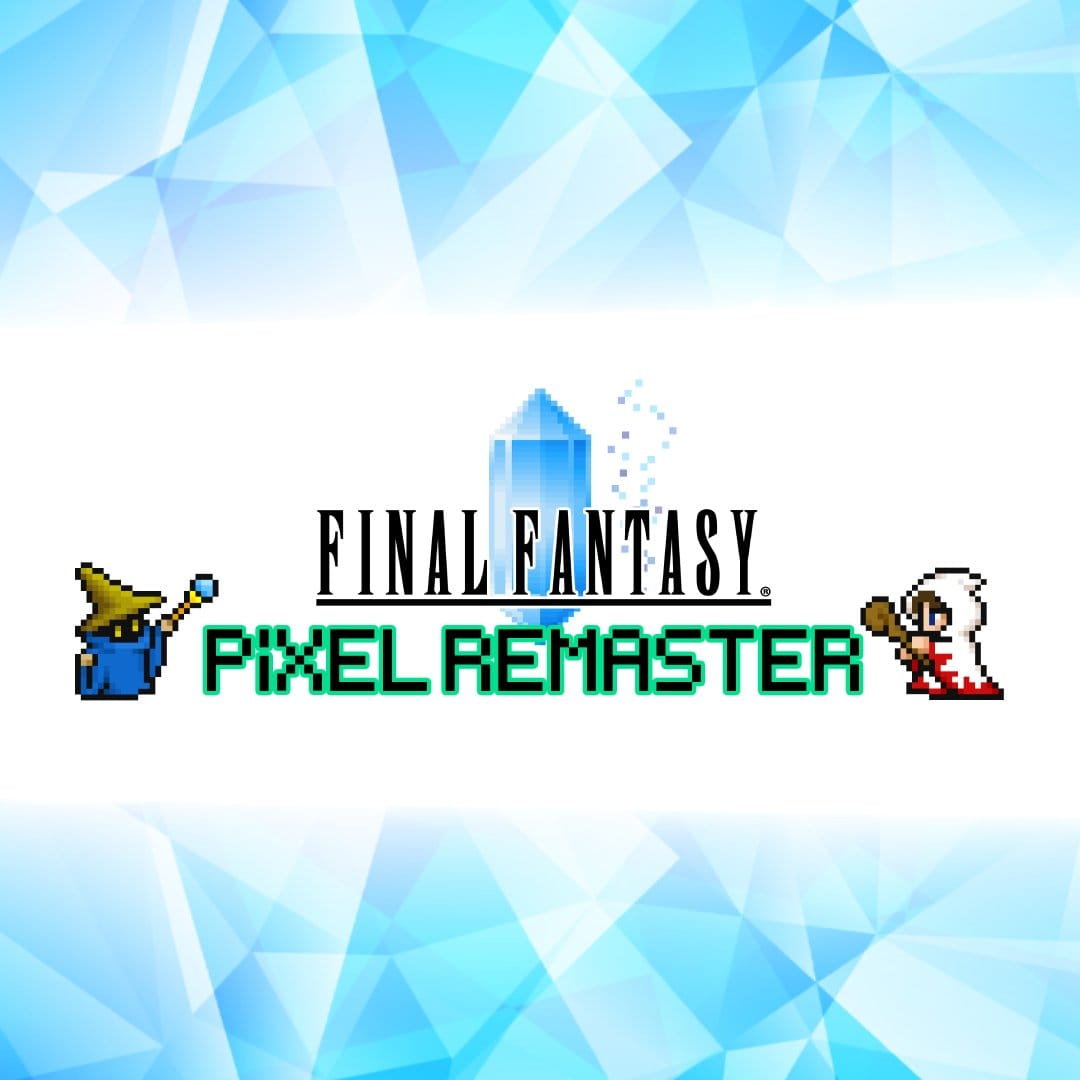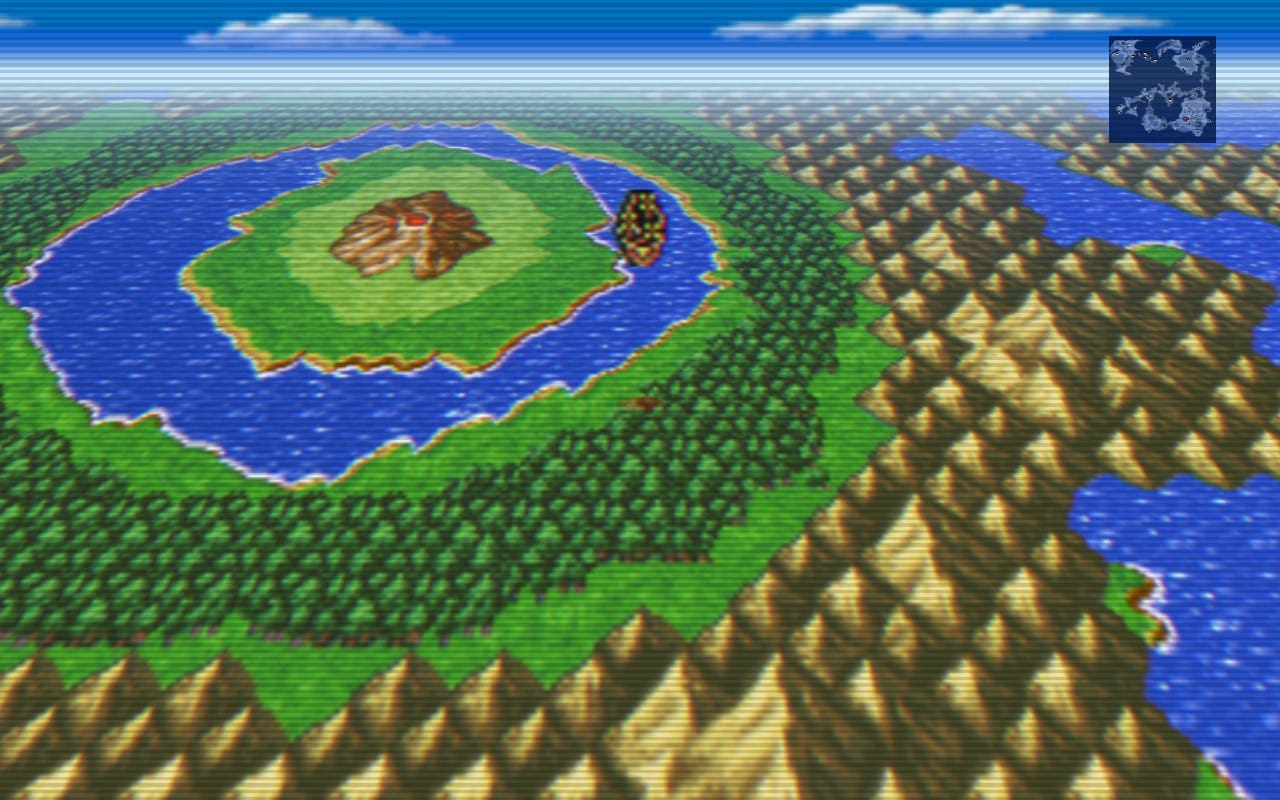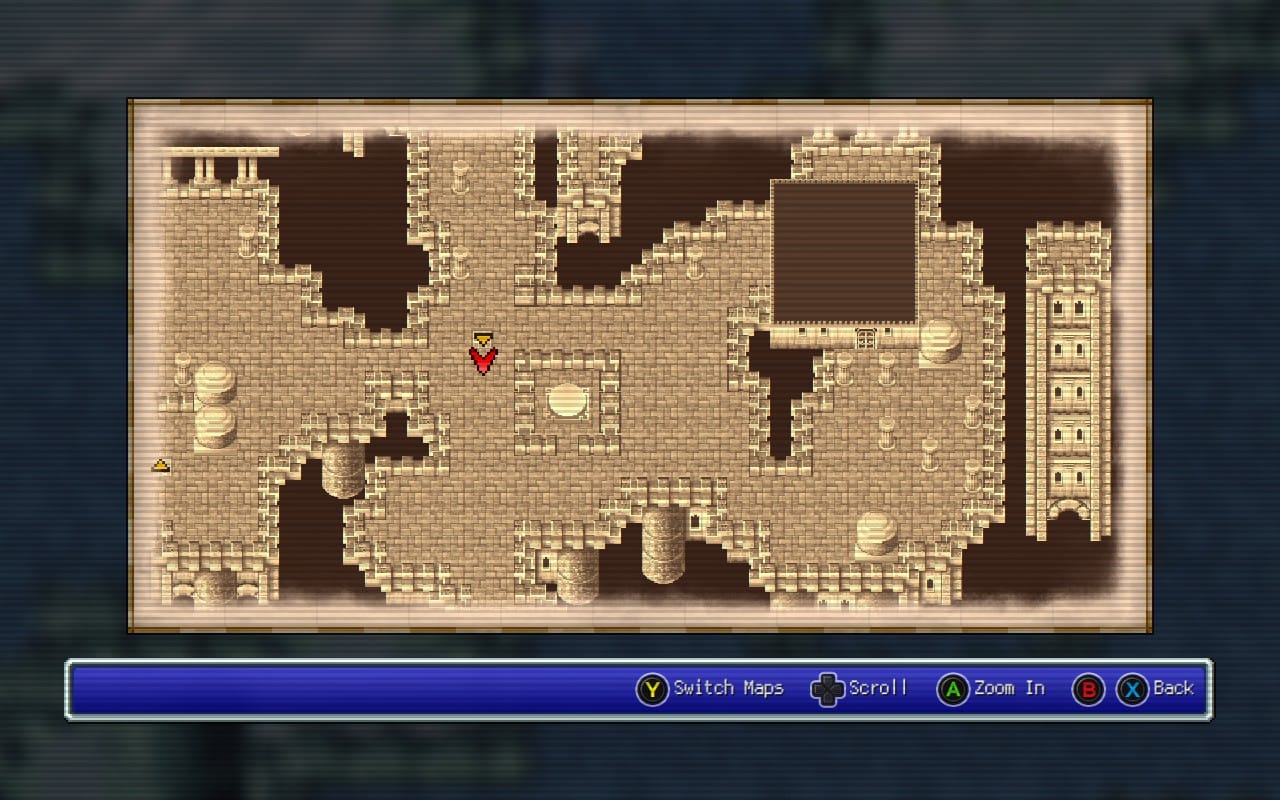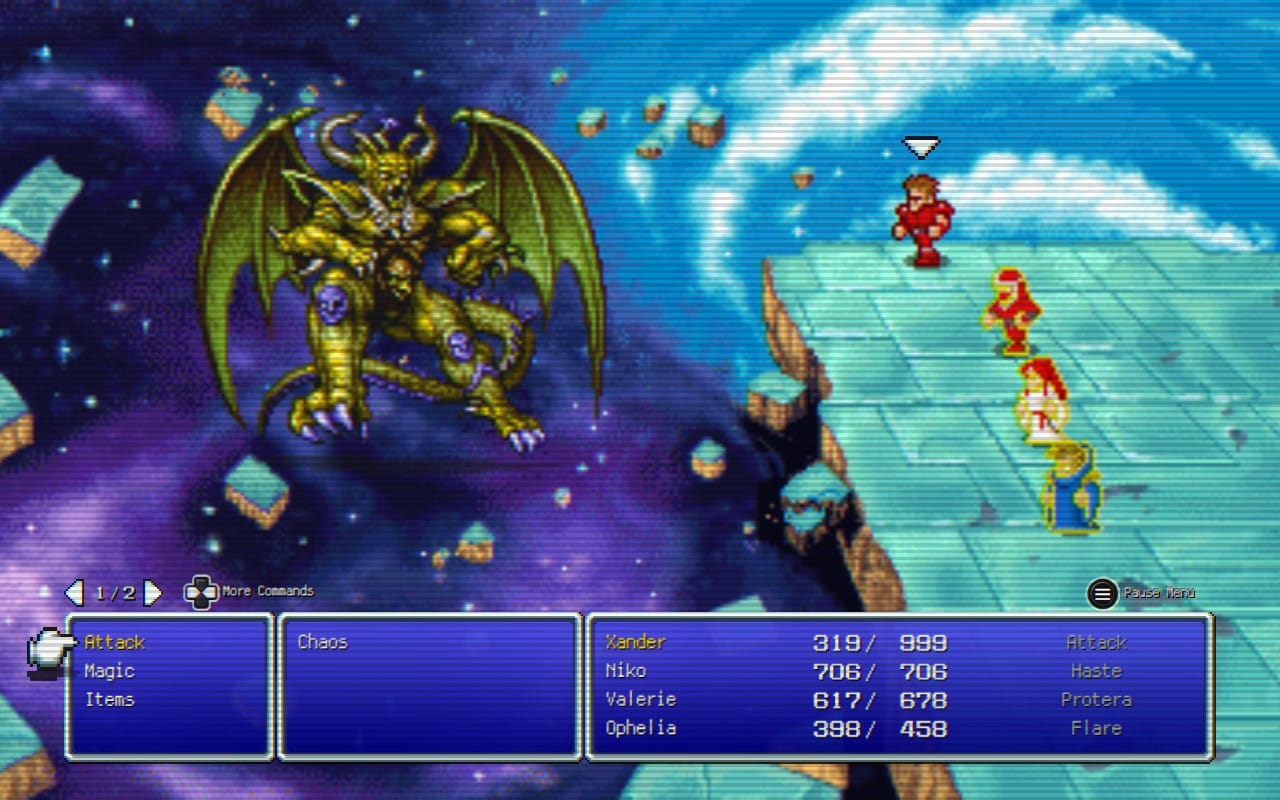The Modern FINAL FANTASY
What Final Fantasy represents today

A prelude, lovingly adapted from a 3-channel NES track into a sophisticated recording of a lone harpist. The Pixel Remaster of Final Fantasy from its opening screen has the power to flood a viewer with nostalgia for a game they may have never played.
The Pixel Remaster Collection is actually a reboot of the series of Final Fantasy remasters, foregoing all additional content added in previous re-releases in favor of preserving the games as they were at the time of their individual releases. I started my Final Fantasy journey here, at the beginning, the game which was originally released in 1987. It is a faithful recreation of the original Famicom game, which aims to balance the game to match current market attention and adds quality of life and nostalgic bonuses to make it a much smoother ride than most would remember. I actually have a note from my playthrough that recounts the time I had given up playing the PlayStation port, saying that the Pixel Remaster had “removed the suffering” from the game.

It’s fairly hard to talk about this game without discussing what version you’re playing (ed. note: a brief count from the Wikipedia page reveals close to 20 different versions across the decades since the NES version), as they are so starkly different from each other that “the best experience” of the game remains the dominant topic of most discourse. I enjoyed playing the Pixel Remaster, though most of my gripes with the modernization of this version had a lot to do with what felt like a betrayal of the original design.

Final Fantasy is begging to be explored. The overworld is designed as a narrative maze, while the dungeons lurking beneath are designed to be, well, actual mazes. The press and release of tension that the game provides has a lot to do with the fact that you don’t know how long this dungeon is or where the story is pulling you next. Are you prepared enough to make it to the end of this dungeon? Where do you bring the levistone to get the airship? Is this the way to the boss room or another dead end? Final Fantasy begs you to explore it while making that exploration a tense and worrisome experience. With every step, a hope that you don’t get pulled into a random encounter for the first half of the game. Alas, even I wouldn’t recommend playing this famous JRPG without the map out and a walkthrough guide handy.
The Pixel Remaster displays an expandable map in the top right corner, which will also tell you the location of each treasure chest in the game. This makes dungeon crawling more like the robbery of a bank vault than a dive into dangerous enemy territory. You’re able to chart the fastest way through and encounter the least amount of enemies on your dash to the end. Playing through made me envious of the people who got to experience this wandering and dangerous land without maps or guides, charting truly uncharted territory. It also made me tremendously relieved that I didn’t have to do that because I likely would have thrown in the towel very quickly.

It seems like I’m saying the true experience of Final Fantasy is to struggle without a guide, to “add back in the suffering”. Really, even people who purchased the game on the NES received a manual that detailed exactly how to get through the game step by step, all the way to the Earth Crystal, roughly one-third of the way into the game. While that leaves the rest of the journey a blind adventure, it proves that the developers never wanted the wandering and blind adventuring to stop the general audience from playing through it. Whether this decision was made by Sakaguchi himself or by a marketing team is a mystery I’ll leave for another day, but it does make me nostalgic and look fondly on the days of big books coming with physical media.
Many people recommend this game as a good place to see where the series came from. This amounts to saying the game is an archaic museum artifact that would only interest historians. Final Fantasy is still a joy to play today, especially in the modern renaissance of tabletop role-playing, whose players would delight in the fast-paced dice rolling that this game offers. Popular critiques of the game say that it is both too easy and lacks an interesting story. While I agree with both of these points, I don’t believe it detracts from the actual enjoyment of the game.

When it is said that this game is too easy, that’s with one huge caveat. This difficulty spike happens at the end, in the same place it began. You face Chaos just before the credits roll, and for most people, it may be the only time their entire party face plants into the ground. It’s a grueling fight in general, but sometimes a specific dummy (me) could do something like forget to take the best spell in the game (Haste) and have to run all the way back to Cornelia in a one-hour sprint and then all the way back to Chaos because he doesn’t output enough damage. This fight forced me to learn combat in a more meaningful way. I suddenly realized that I had been having my Black Mage Veronica cast Firaga all this time, when there were so many more options that could have been exploited. It was the nail in the replay coffin; this game needed to be replayed.
I actually really enjoyed the main twist of the game's story. Most of the rest of the story is superfluous set dressing, though I think that’s what we would want in a game that begs to be replayed. Dark Souls becomes the evolution of this, hiding the story in the unsaid context for those looking to explore it. Final Fantasy has fantastical context that builds a fun and exciting world the same way Dark Souls builds its horror-filled nightmare. It became timeless because Hironobu Sakaguchi’s world brought to life ancient evils that possess weak men and dwarves who love to yell lali-ho! It was beloved because Nobuo Uematsu made themes that never get old, even after a thousand battles. It was adored because Yoshitaka Amano lent his unique style to each monster sprite, making me stop and appreciate each new enemy as it appeared.

Playing through Final Fantasy for the first time reminded me a lot of my first time through Dark Souls. I had to look up a lot of things, but I spent the whole time thinking, “So that’s how this works! I can’t wait to try it this other way the next time.” It felt like learning a skill, one I couldn’t wait to practice and tinker with in a new game. I have the PSP version ready to go so that I can use all that I’ve learned to go again and explore the extra content that version provides. Towards the end of the game, all I could think about was which characters I would play on my next run. This is what makes the Pixel Remaster such a brilliant place to begin. Final Fantasy is a daunting game to go through the first time, much like Dark Souls, but once you explore it fully, you’ll be begging to go back in for another round.
When I started Final Fantasy, I was searching everywhere for how it evolved the series, for the trademarks of all those games I love so much. What elements were borrowed from the very first entry? The answer is, not that many at all. Final Fantasy is a multimedia art style, one that was born on the Famicom and Nintendo Entertainment System as a combination of art, music, gameplay, and story. It still inspires the developers at Square Enix to keep iterating, even 38 years later. Playing the first game helped me realize that Final Fantasy is not just summons, warriors of light, and Phoenix Downs. Final Fantasy is a fantasy RPG experience, not afraid to try new things and become accessible to anyone with an air of adventure about them. You don’t have to be a historian to love the original Final Fantasy; you just have to love Final Fantasy.
